Home>Gardening & Outdoor>Outdoor Recreation & Activities>How To Choose A Trampoline
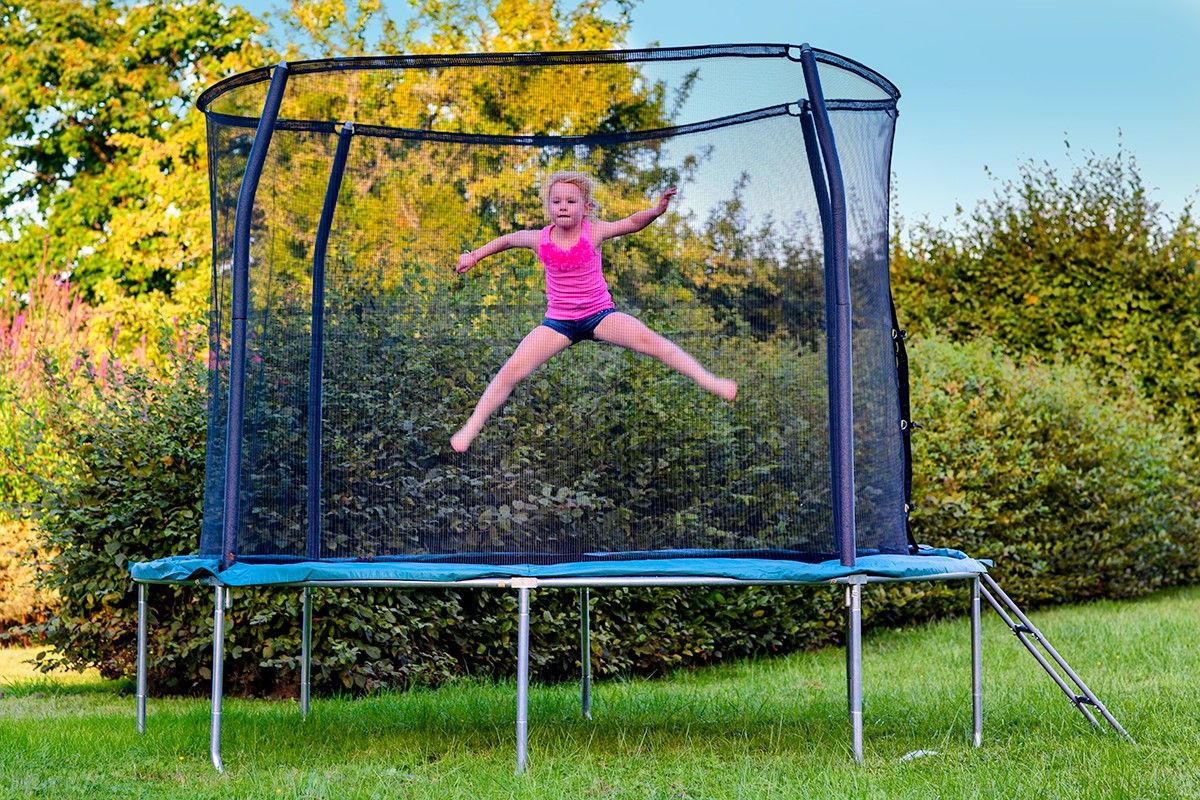

Outdoor Recreation & Activities
How To Choose A Trampoline
Modified: October 21, 2024
Discover expert tips for selecting the perfect trampoline for outdoor recreation and activities. Find the ideal trampoline for your family's fun and fitness needs.
(Many of the links in this article redirect to a specific reviewed product. Your purchase of these products through affiliate links helps to generate commission for Storables.com, at no extra cost. Learn more)
Introduction
When it comes to outdoor recreation, trampolines are a fantastic way to promote physical activity and fun for the whole family. Whether you're considering a trampoline for your backyard or looking to upgrade your current one, there are several key factors to keep in mind to ensure you make the best choice for your needs. From considering the size and shape to evaluating safety features and durability, this comprehensive guide will walk you through the essential considerations for choosing the perfect trampoline.
Trampolines offer a wide range of benefits, including cardiovascular exercise, improved balance and coordination, and a great way to enjoy the outdoors. With the right trampoline, you can create lasting memories with loved ones while staying active and entertained. However, with numerous options available on the market, it's crucial to understand the critical factors that can influence your decision. By carefully evaluating these factors, you can make an informed choice that aligns with your requirements and ensures a safe and enjoyable trampoline experience for everyone.
In this guide, we'll delve into the key considerations when choosing a trampoline, including the size and shape, weight limit, safety features, durability and materials, location and space, and budget. By exploring each of these aspects, you'll gain a comprehensive understanding of what to look for when selecting the ideal trampoline for your outdoor space. So, let's bounce into the world of trampolines and uncover the essential factors to consider for an exhilarating and safe trampoline experience.
Key Takeaways:
- Choose the right trampoline by considering size, shape, weight limit, safety features, durability, location, and budget. Prioritize safety, durability, and value for a secure and enjoyable outdoor bouncing experience.
- Prioritize safety features, durability, and value when choosing a trampoline. Consider size, weight limit, location, and budget to create a secure and inviting recreational area for safe and enjoyable bouncing activities.
Read more: How To Jump On A Trampoline
Consider the Size and Shape
When choosing a trampoline, one of the primary considerations is the size and shape that will best suit your needs and space. Trampolines come in various shapes, with round, rectangular, and oval being the most common options. Each shape offers distinct characteristics that cater to different preferences and activities.
Round trampolines are popular for recreational use and are often preferred for families with young children. Their design directs jumpers towards the center, making them ideal for safe and controlled bouncing. Additionally, round trampolines are generally more affordable and require less maintenance.
Rectangular trampolines, on the other hand, are favored by gymnasts and athletes due to their responsive bounce. The even tension of the springs across the frame provides consistent performance, making them suitable for practicing specific maneuvers and tricks. If you have older children or aspiring gymnasts in the family, a rectangular trampoline may be the perfect choice.
Oval trampolines offer a blend of the characteristics found in both round and rectangular models. They provide a spacious jumping area similar to rectangular trampolines while maintaining the safety benefits of round trampolines. This makes them a versatile option for accommodating multiple jumpers and various activities.
When it comes to size, trampolines range from compact models suitable for individual use to larger options designed for multiple users. Consider the available space in your backyard and the number of individuals who will be using the trampoline. If space permits and you anticipate multiple users, opting for a larger trampoline can enhance the overall experience and accommodate more simultaneous jumpers.
Ultimately, the size and shape of the trampoline should align with your specific requirements and the available outdoor space. By carefully considering these factors, you can select a trampoline that not only fits your space but also caters to the activities and users it will accommodate, ensuring a delightful and safe bouncing experience for everyone.
Weight Limit
Understanding the weight limit of a trampoline is crucial for ensuring safety and optimal performance. The weight limit refers to the maximum load capacity that the trampoline can safely support. Exceeding this limit can compromise the structural integrity of the trampoline and pose significant safety risks to users. Therefore, it’s essential to carefully consider the weight limit when choosing a trampoline to accommodate the intended users.
Trampoline weight limits vary depending on the model and design, with most ranging from 200 to 450 pounds. It’s important to note that the weight limit specified by the manufacturer is based on factors such as the strength of the frame, springs, and overall construction. Exceeding the specified weight limit can lead to premature wear and tear, potential breakage, and an increased risk of injuries.
When determining the appropriate weight limit for your trampoline, consider the combined weight of all potential users. This includes accounting for the weight of children, teenagers, and adults who may utilize the trampoline. By calculating the total weight, you can ensure that the trampoline’s weight limit aligns with the needs of all intended users, providing a safe and enjoyable experience for everyone.
It’s also important to consider the dynamic forces exerted on the trampoline during use. Jumping and performing various movements generate additional stress on the trampoline’s components, making it essential to choose a model with a weight limit that can accommodate these forces. Additionally, factoring in potential growth and changes in users’ weight over time can contribute to a more sustainable and long-term trampoline investment.
By adhering to the specified weight limit and considering the dynamic forces exerted during use, you can ensure that your trampoline remains safe, durable, and capable of delivering an enjoyable bouncing experience for all users. Prioritizing the weight limit as a key factor in your trampoline selection process will contribute to the overall safety and longevity of your outdoor recreational investment.
Safety Features
When selecting a trampoline, prioritizing safety features is paramount to ensure a secure and enjoyable bouncing experience for users of all ages. Implementing safety measures not only minimizes the risk of injuries but also enhances the overall peace of mind for both trampoline owners and users. By considering essential safety features, you can make an informed decision and create a safer environment for recreational trampoline activities.
One of the fundamental safety features to look for is a robust enclosure system. Enclosures consist of netting or mesh panels that surround the trampoline, preventing users from accidentally bouncing or falling off the trampoline surface. A well-designed enclosure should be securely attached to the trampoline frame and feature a reliable entry/exit mechanism to ensure maximum safety without compromising convenience.
Furthermore, padded safety mats or spring covers play a crucial role in minimizing the risk of impact-related injuries. These protective layers cover the trampoline’s springs, frame, and surrounding areas, cushioning accidental landings and reducing the likelihood of contact with hard surfaces. When evaluating trampolines, inspect the quality and thickness of the padding to ensure adequate protection for users during play.
Another important safety consideration is the trampoline’s frame construction. Opt for trampolines with sturdy, galvanized steel frames that are resistant to corrosion and provide exceptional structural integrity. The frame should be robust enough to withstand the forces exerted during bouncing and various weather conditions, ensuring a stable and secure platform for users.
In addition to these features, some trampolines are equipped with innovative safety technologies such as springless designs, which eliminate traditional coil springs to reduce the risk of pinching and trapping. These advancements prioritize user safety while maintaining the trampoline’s performance and bounce characteristics.
Lastly, it’s essential to emphasize the importance of regular maintenance and adherence to safety guidelines. Conduct routine inspections of the trampoline’s components, including the frame, springs, and enclosure, to identify any signs of wear or damage. Additionally, establish and communicate safety rules to all users, emphasizing proper jumping techniques, supervision for younger children, and restrictions on risky behaviors.
By incorporating these safety features and practices into your trampoline selection and usage, you can create a secure and enjoyable environment for recreational bouncing activities. Prioritizing safety not only safeguards users but also contributes to a positive and worry-free trampoline experience for the entire family.
When choosing a trampoline, make sure to consider the weight limit to ensure it can safely accommodate the intended users. Always prioritize safety features and quality materials over price.
Durability and Materials
When investing in a trampoline, prioritizing durability and high-quality materials is essential to ensure longevity, performance, and safety. A durable trampoline constructed from robust materials can withstand the rigors of regular use, varying weather conditions, and provide a reliable platform for recreational activities. By understanding the key components and materials used in trampoline construction, you can make an informed decision and select a resilient and long-lasting outdoor recreational asset.
The frame of the trampoline serves as its foundation, providing structural support and stability during use. Opt for trampolines with frames constructed from galvanized steel, as this material offers exceptional resistance to corrosion, rust, and structural degradation. Galvanized steel frames are known for their durability and ability to withstand outdoor elements, ensuring a sturdy and reliable base for bouncing activities.
Another critical component to consider is the trampoline’s jumping mat. High-quality jumping mats are typically crafted from polypropylene material, renowned for its strength, elasticity, and resistance to stretching and tearing. These durable mats provide a responsive and consistent bounce while withstanding prolonged exposure to UV rays and environmental factors, contributing to the trampoline’s overall longevity.
The springs or bungee cords used in trampolines play a significant role in determining the bounce performance and durability of the unit. Look for trampolines equipped with durable, rust-resistant springs or bungee cords that are designed to withstand repeated stretching and compression without compromising their integrity. Additionally, consider models featuring spring or cord coverings to protect users from potential pinching or entanglement.
Furthermore, the quality of the trampoline’s enclosure netting and padding materials directly impacts user safety and the overall resilience of the unit. Ensure that the enclosure netting is constructed from high-strength materials with fine mesh to prevent entanglement and provide reliable containment. Similarly, the padding surrounding the trampoline’s frame and springs should be made from durable, weather-resistant materials to maintain its protective properties over time.
By prioritizing durability and selecting trampolines crafted from high-quality materials, you can make a sound investment that delivers long-term enjoyment and peace of mind. A resilient trampoline designed with durable components and materials not only ensures safety and performance but also minimizes the need for frequent maintenance and replacement, allowing you to fully embrace the recreational benefits of outdoor bouncing activities.
Read more: What Is A Trampoline
Location and Space
Choosing the ideal location and assessing the available space for your trampoline are pivotal steps in ensuring a safe and enjoyable outdoor recreational experience. The placement of the trampoline and the surrounding environment significantly impact its usability, safety, and longevity. By carefully considering the location and space requirements, you can optimize the trampoline’s placement and create an inviting and secure area for recreational bouncing activities.
First and foremost, identify a suitable location in your outdoor space that offers level ground and sufficient clearance around the trampoline. It’s essential to place the trampoline on a flat surface, free from slopes, bumps, or obstructions, to ensure stability and safe usage. Avoid areas with overhanging branches, power lines, or other potential hazards that could compromise the trampoline’s safety zone.
Consider the proximity to other outdoor structures, such as fences, trees, and buildings, when determining the trampoline’s location. Adequate clearance around the trampoline is crucial to prevent collisions and allow ample space for users to enter, exit, and move around the unit safely. Additionally, ensure that the chosen location allows for proper air circulation and sunlight exposure to minimize moisture retention and promote trampoline longevity.
Furthermore, evaluate the available space to accommodate the size of the trampoline and provide a safe buffer zone around its perimeter. Measure the dimensions of the trampoline, including its diameter or length and width, and allocate additional space for the enclosure system and potential user movement. This ensures that the trampoline is positioned within a spacious and unobstructed area, reducing the risk of collisions with surrounding objects or structures.
It’s also important to consider the visual impact and aesthetics of the trampoline’s placement within your outdoor space. While prioritizing safety and functionality, aim to integrate the trampoline seamlessly into the landscape, maintaining a harmonious and visually appealing outdoor environment. This can involve strategic placement, landscaping enhancements, or decorative elements to complement the trampoline’s presence.
By thoughtfully assessing the location and space for your trampoline, you can create a secure, inviting, and well-integrated recreational area that promotes safe and enjoyable bouncing activities. Prioritizing proper placement and space considerations contributes to the overall usability, safety, and aesthetic appeal of your outdoor trampoline, ensuring a positive and fulfilling experience for users of all ages.
Budget
Establishing a clear budget is a crucial step in the process of selecting a trampoline that aligns with your financial considerations and overall investment goals. By defining a budget range, you can effectively narrow down your options and focus on trampoline models that offer the best value and features within your predetermined spending limits. When evaluating the budget for a trampoline purchase, it’s essential to consider various factors that influence the overall cost and long-term value of the investment.
Trampoline prices can vary significantly based on factors such as size, shape, quality of materials, safety features, and brand reputation. Larger trampolines with advanced safety enclosures and durable construction may command a higher price point, while smaller models with basic features may be more budget-friendly. Assess your specific needs, priorities, and intended usage to determine the optimal balance between cost and desired trampoline attributes.
It’s important to view the purchase of a trampoline as a long-term investment in outdoor recreation and family entertainment. While budget considerations are essential, prioritize the overall value and quality of the trampoline to ensure longevity, safety, and user satisfaction. Opting for a slightly higher-quality trampoline within your budget range can lead to a more rewarding and enduring recreational experience, potentially reducing the need for premature replacements or costly repairs.
Consider the total cost of ownership, which encompasses not only the initial purchase price but also potential maintenance, accessories, and additional features that may enhance the trampoline’s usability. Factor in any supplementary items such as anchor kits, weather covers, or specialized accessories that contribute to the trampoline’s safety, maintenance, and overall enjoyment. Assessing the long-term cost implications can guide you in making an informed decision that aligns with your budget and usage expectations.
Furthermore, research and compare trampoline options from reputable manufacturers and retailers to identify promotions, discounts, or seasonal sales that may offer cost savings without compromising quality. Keep an eye out for warranties and after-sales support, as these factors contribute to the overall value and peace of mind associated with your trampoline purchase.
By carefully evaluating your budget and considering the long-term value of the investment, you can select a trampoline that not only meets your financial parameters but also delivers a durable, safe, and enjoyable recreational asset for your family and outdoor space. Prioritizing quality, safety, and value within your budget range ensures a rewarding and satisfying trampoline experience without unnecessary financial strain.
Conclusion
Choosing the perfect trampoline for your outdoor space involves a thoughtful consideration of various factors that collectively contribute to the safety, enjoyment, and long-term value of your investment. By prioritizing key elements such as size and shape, weight limit, safety features, durability and materials, location and space, and budget, you can make an informed decision that aligns with your specific needs and preferences.
When evaluating the size and shape of the trampoline, consider the intended users, available space, and desired activities to select a model that optimally caters to your requirements. Understanding the weight limit is essential for ensuring the safety and performance of the trampoline, accommodating all potential users while considering dynamic forces and long-term usage.
Prioritizing safety features, such as robust enclosures, padded mats, and high-quality materials, contributes to creating a secure and worry-free environment for recreational bouncing activities. Additionally, emphasizing durability and selecting trampolines crafted from resilient materials ensures a long-lasting and reliable outdoor recreational asset that withstands the test of time and varying weather conditions.
Assessing the location and space for your trampoline is pivotal to creating a safe and inviting recreational area, optimizing placement, and integrating the trampoline seamlessly into your outdoor environment. Furthermore, establishing a clear budget and considering the overall value and long-term cost implications guide you in making a sound investment that delivers enduring enjoyment and satisfaction.
By carefully evaluating these essential factors and incorporating them into your trampoline selection process, you can create a secure, inviting, and well-integrated recreational area that promotes safe and enjoyable bouncing activities. Prioritizing safety, durability, and value ensures a positive and fulfilling trampoline experience for users of all ages, fostering lasting memories and outdoor recreation enjoyment for years to come.
Frequently Asked Questions about How To Choose A Trampoline
Was this page helpful?
At Storables.com, we guarantee accurate and reliable information. Our content, validated by Expert Board Contributors, is crafted following stringent Editorial Policies. We're committed to providing you with well-researched, expert-backed insights for all your informational needs.
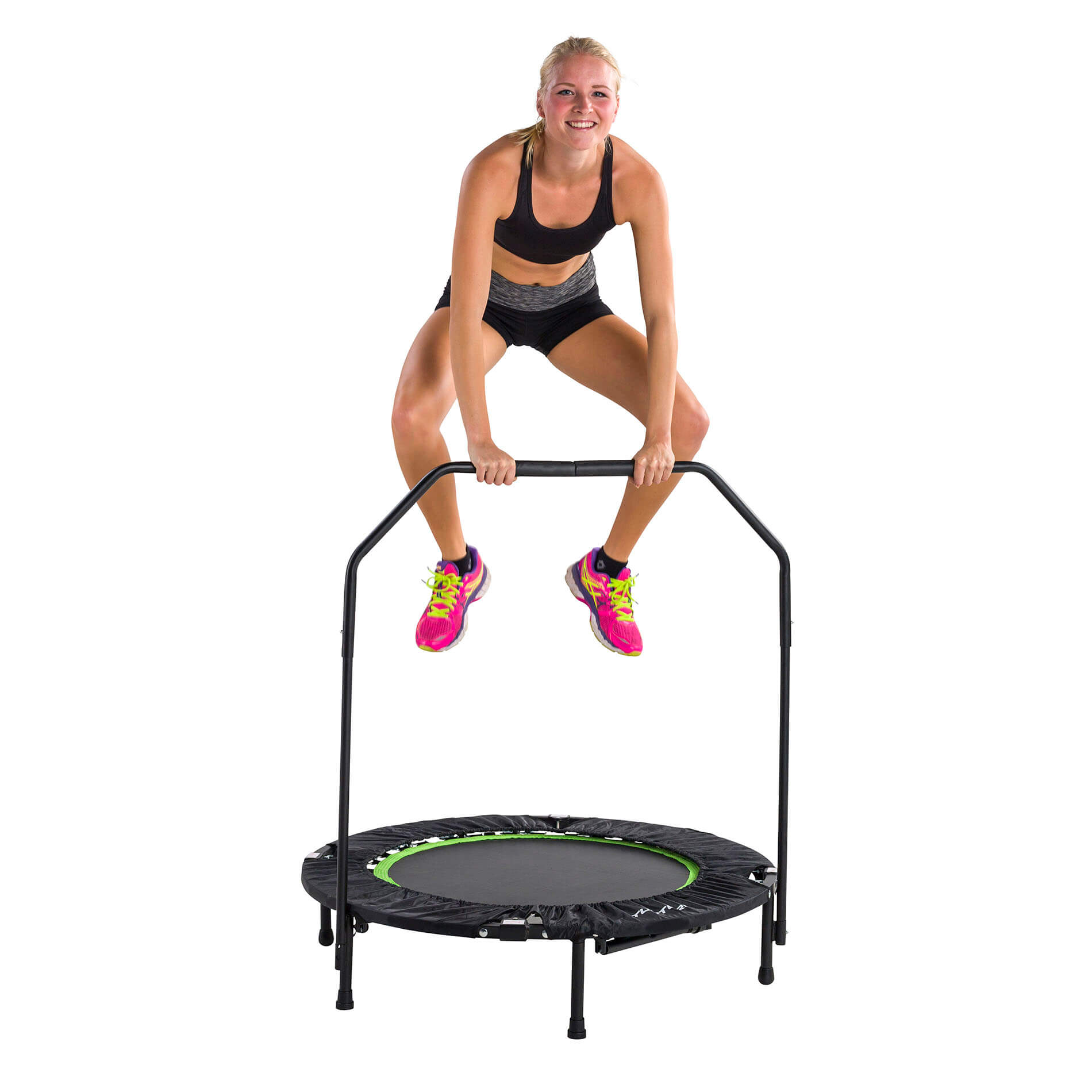
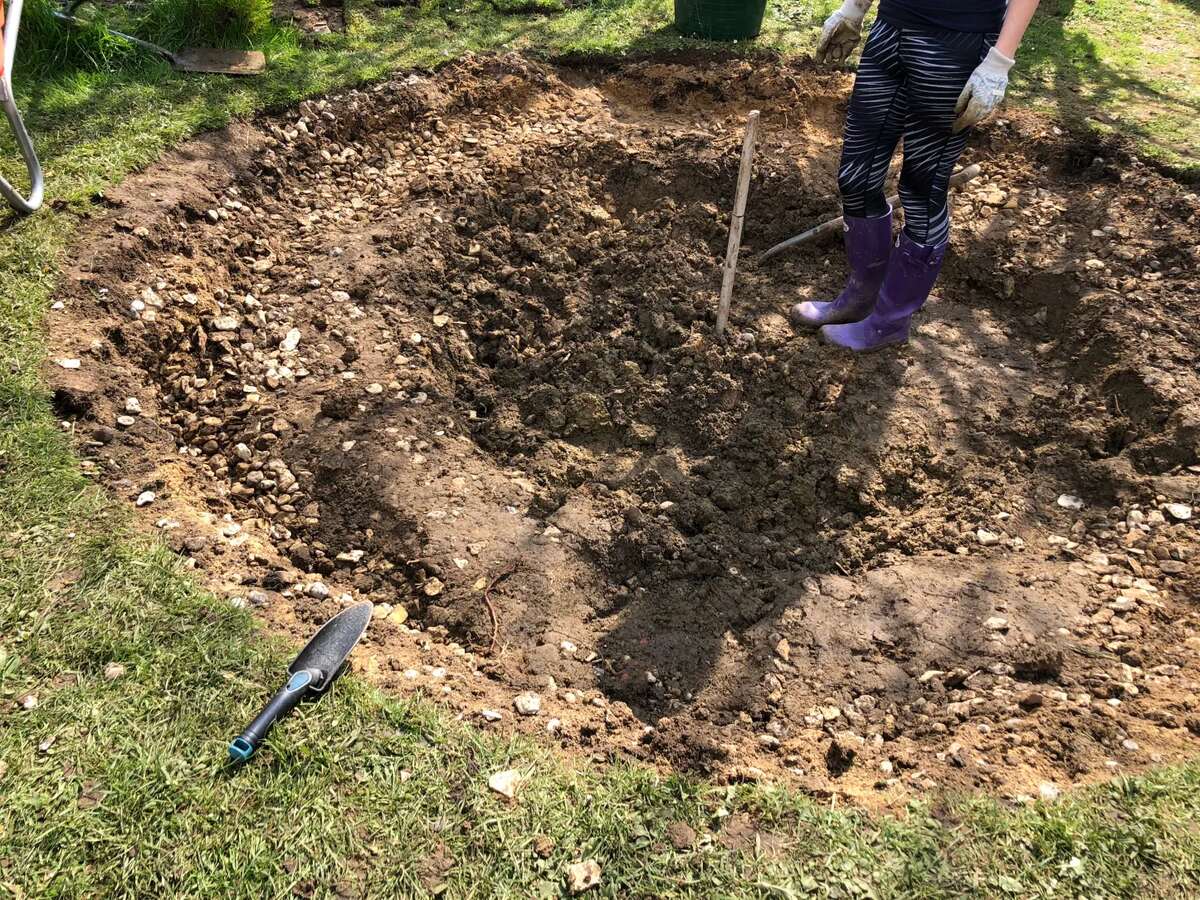
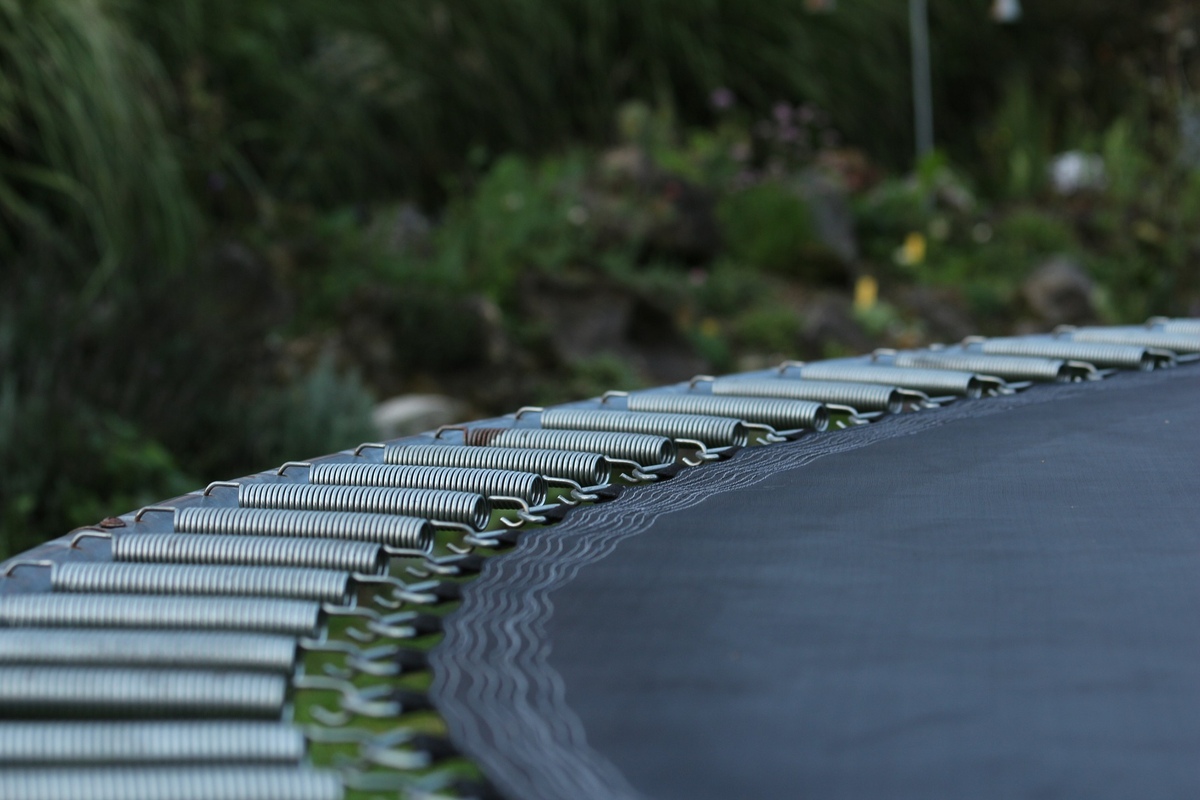
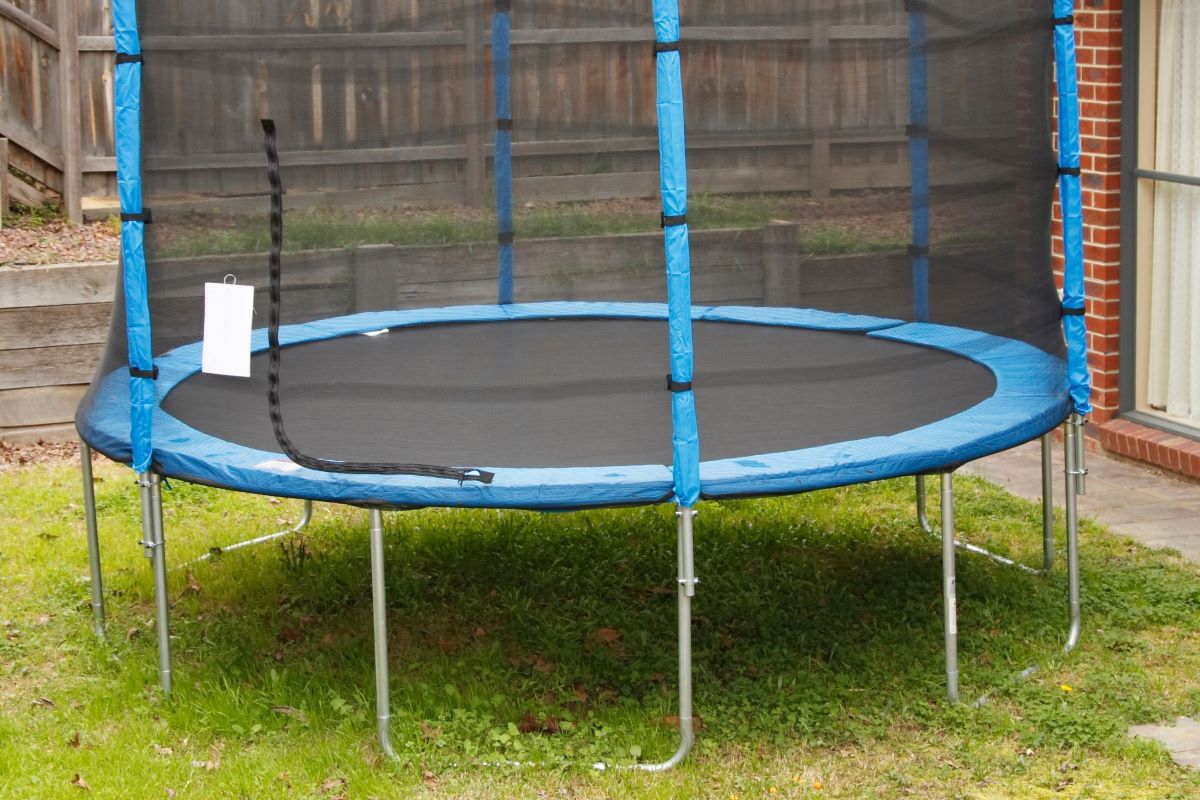
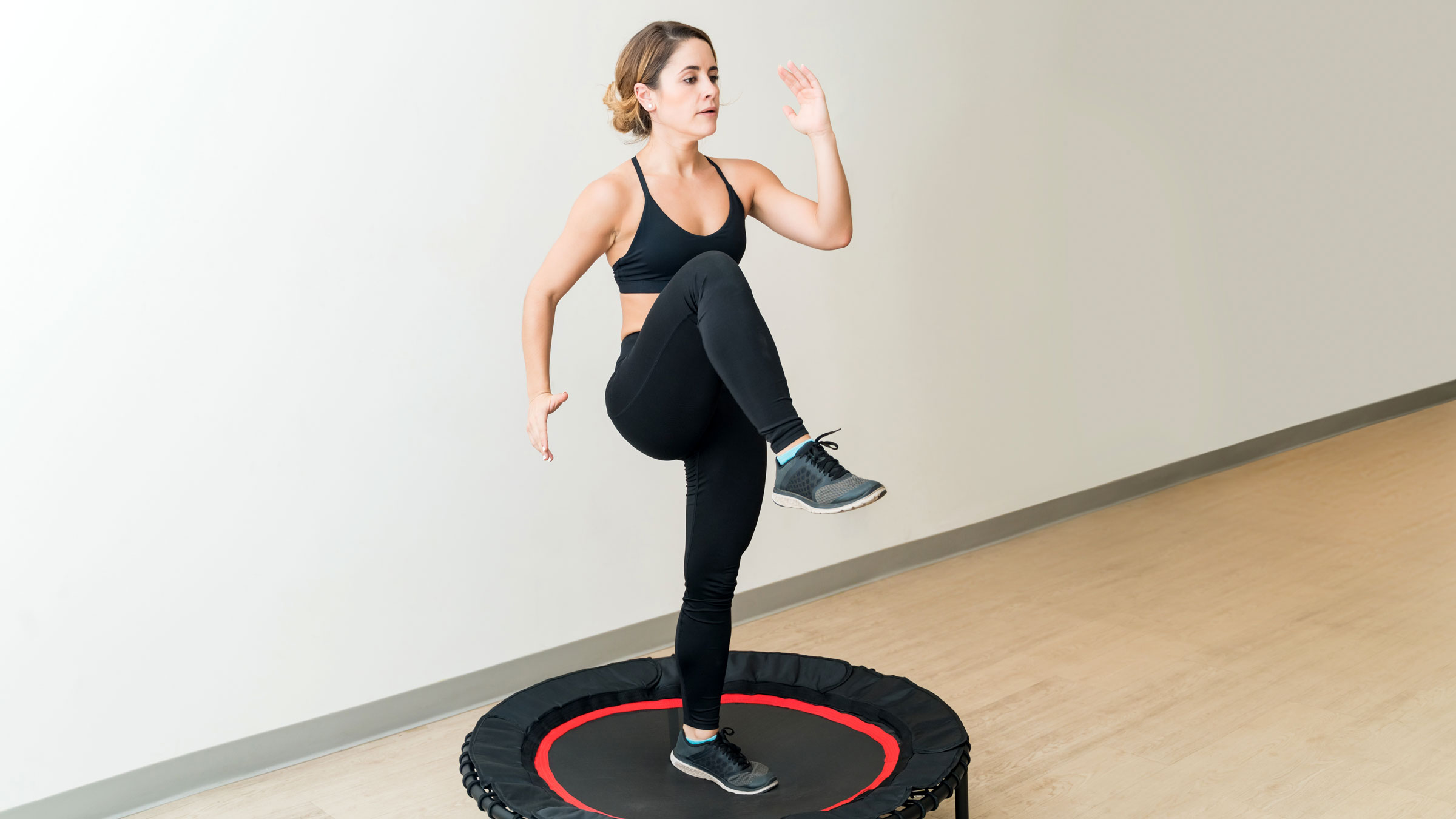
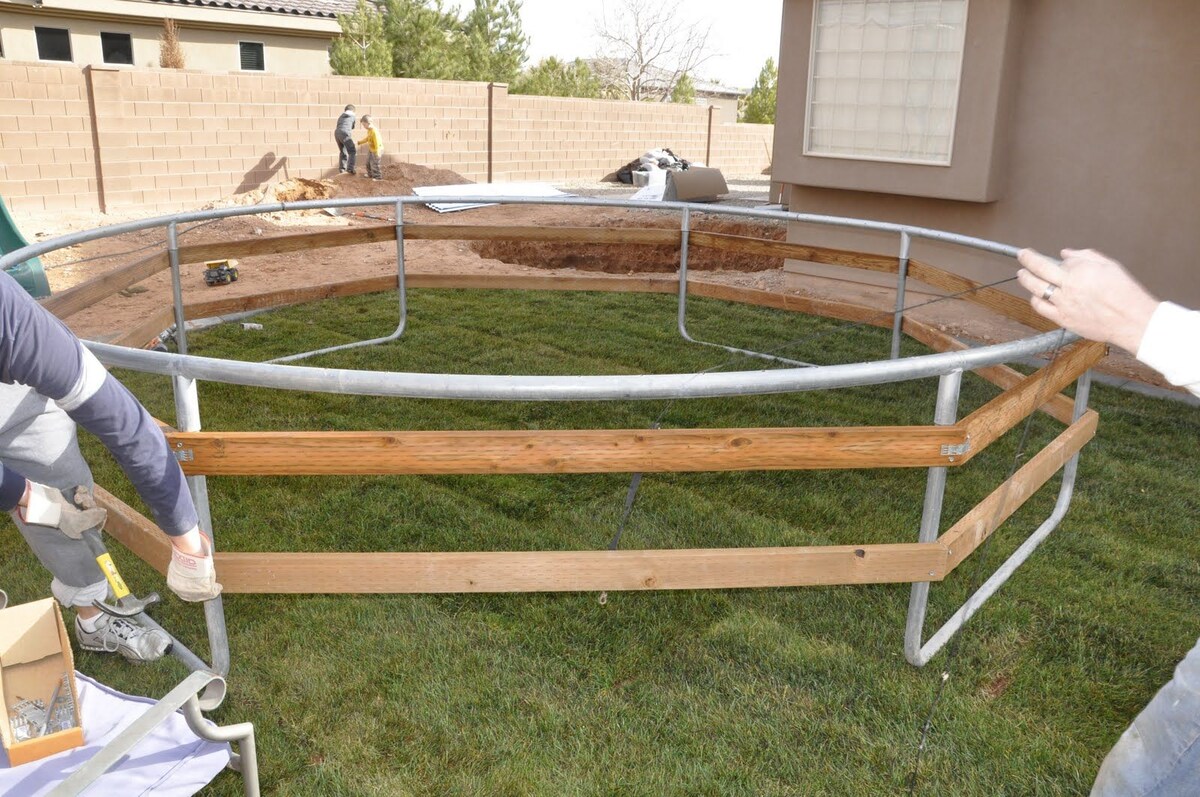
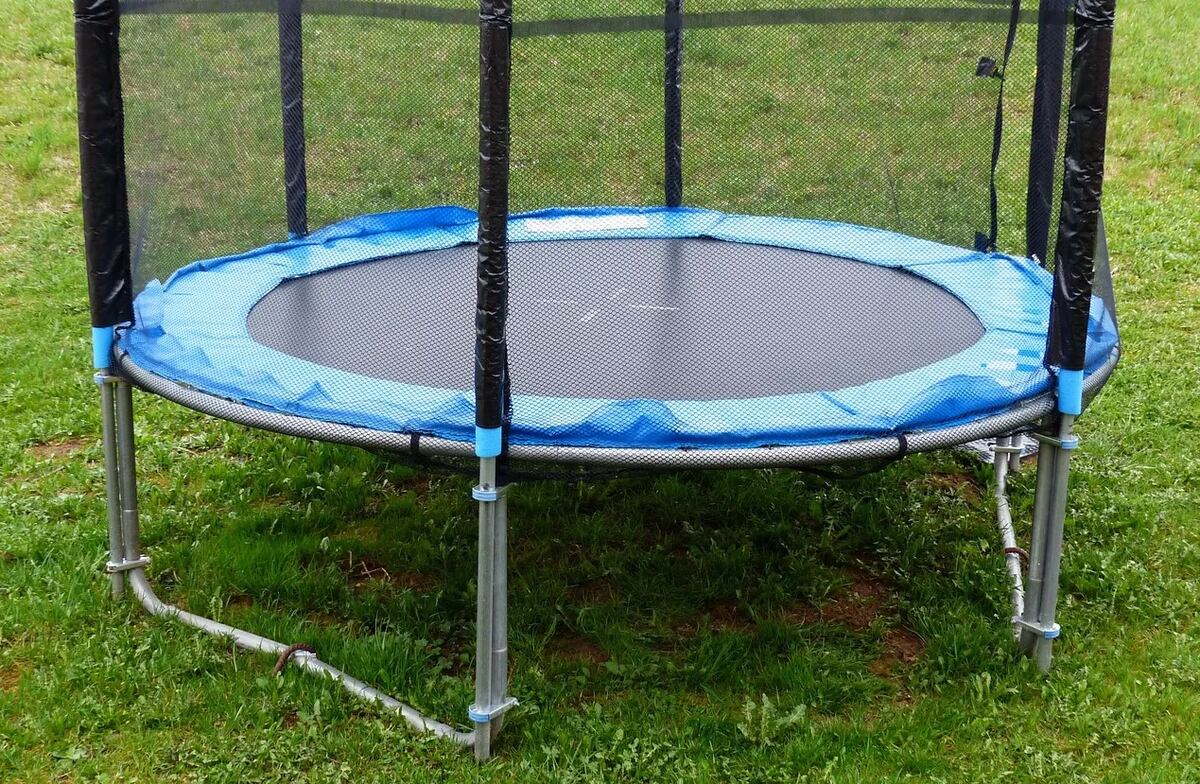
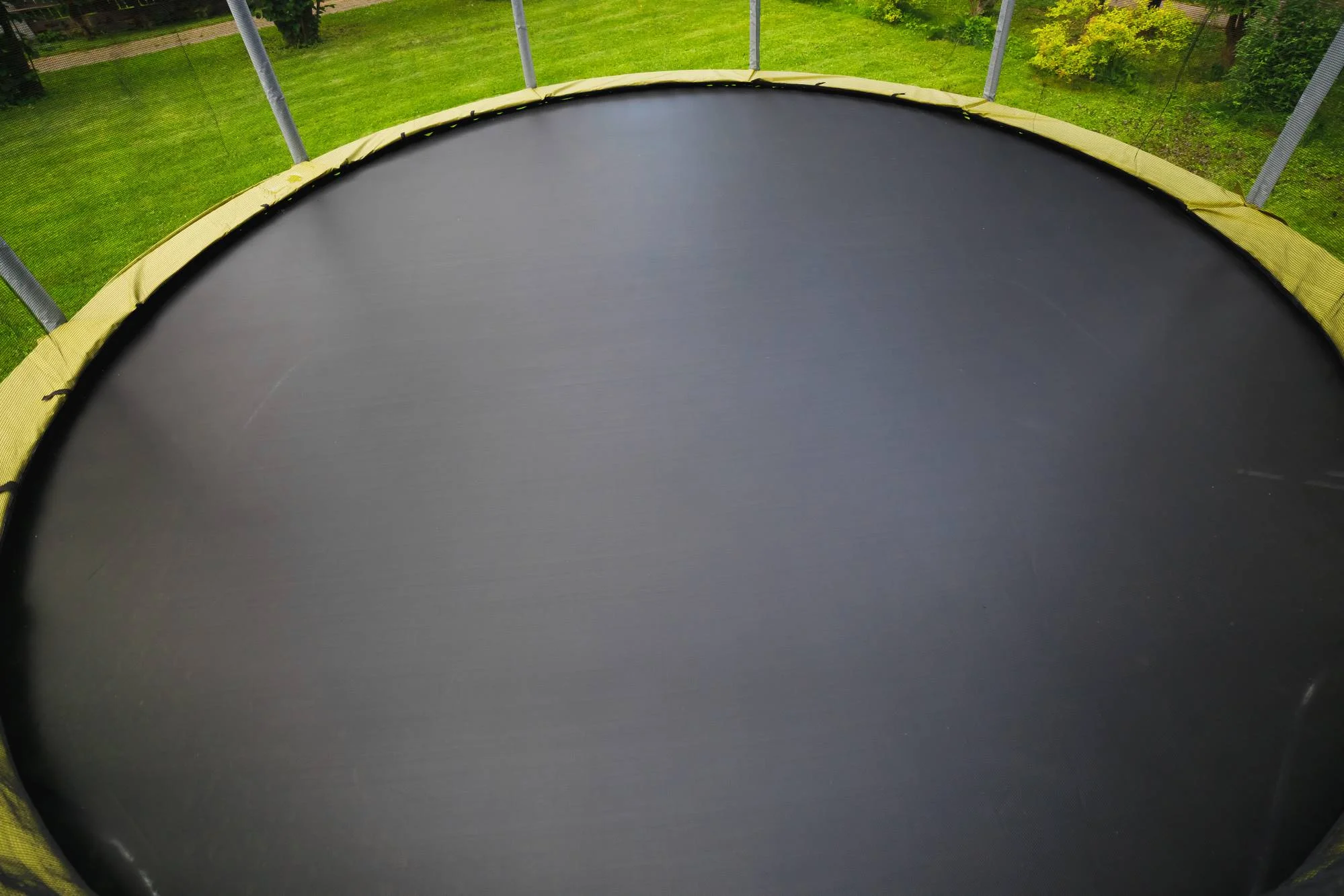
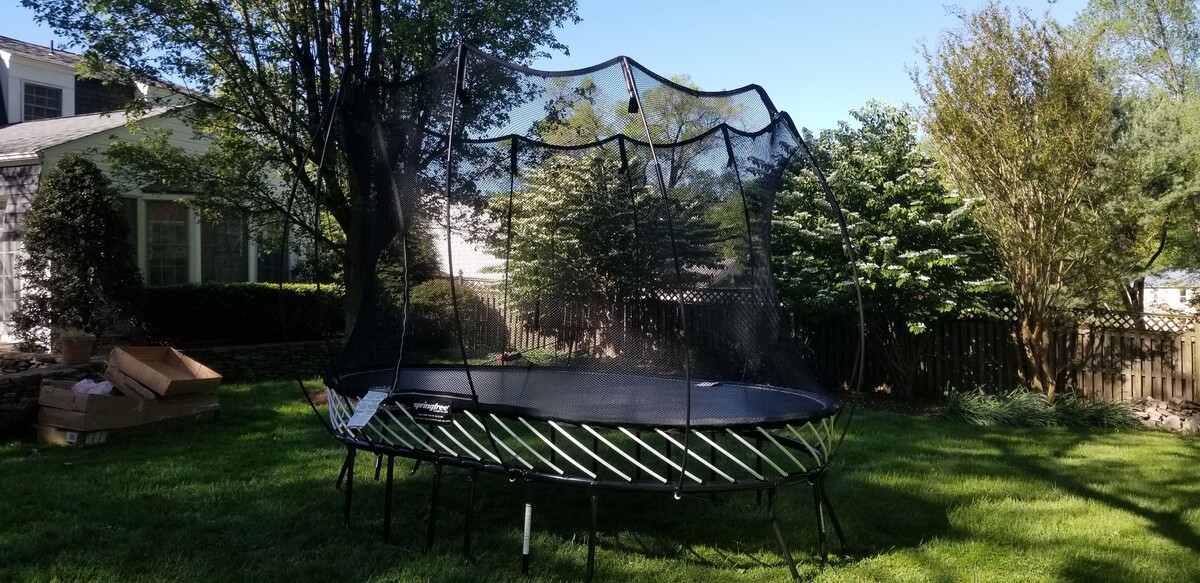
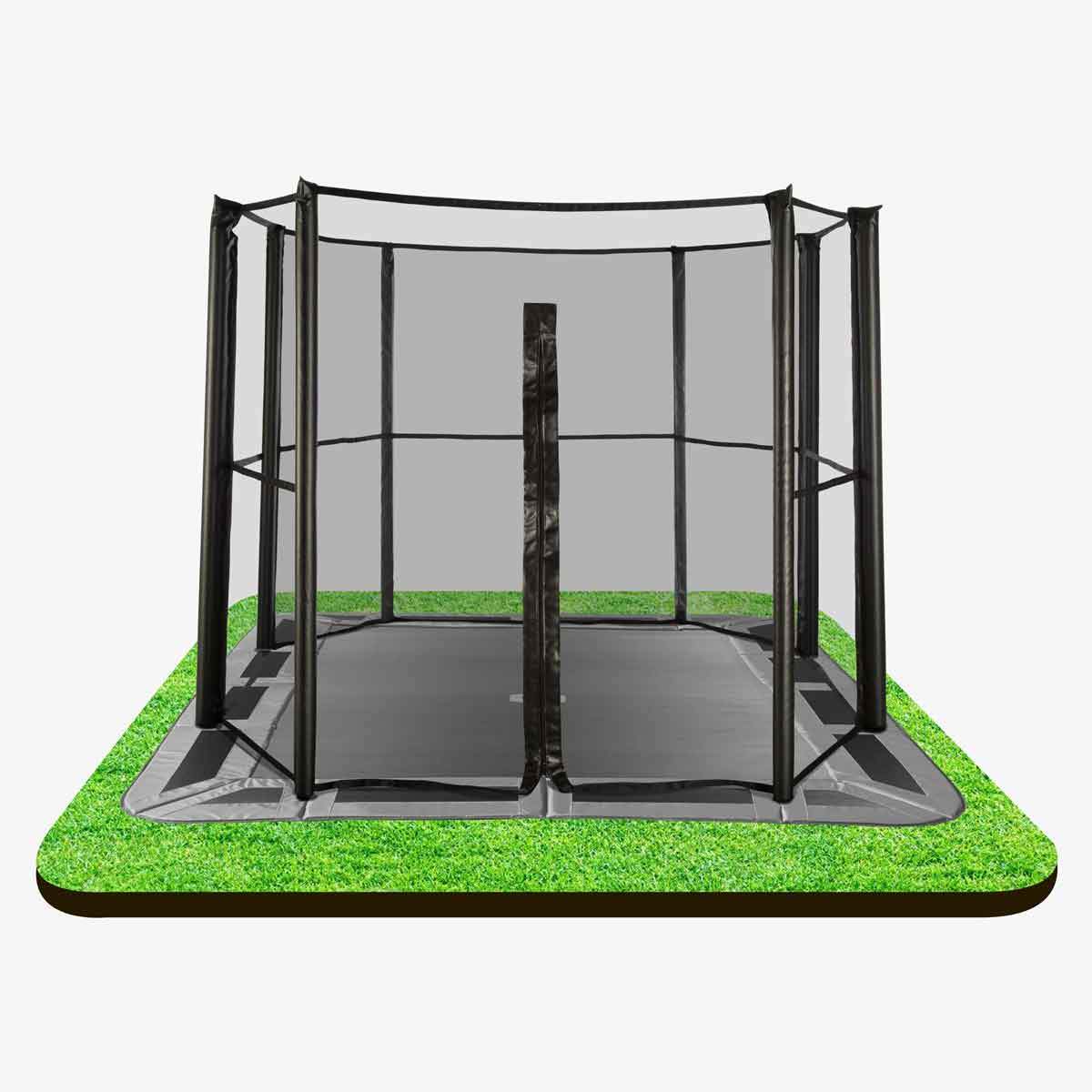
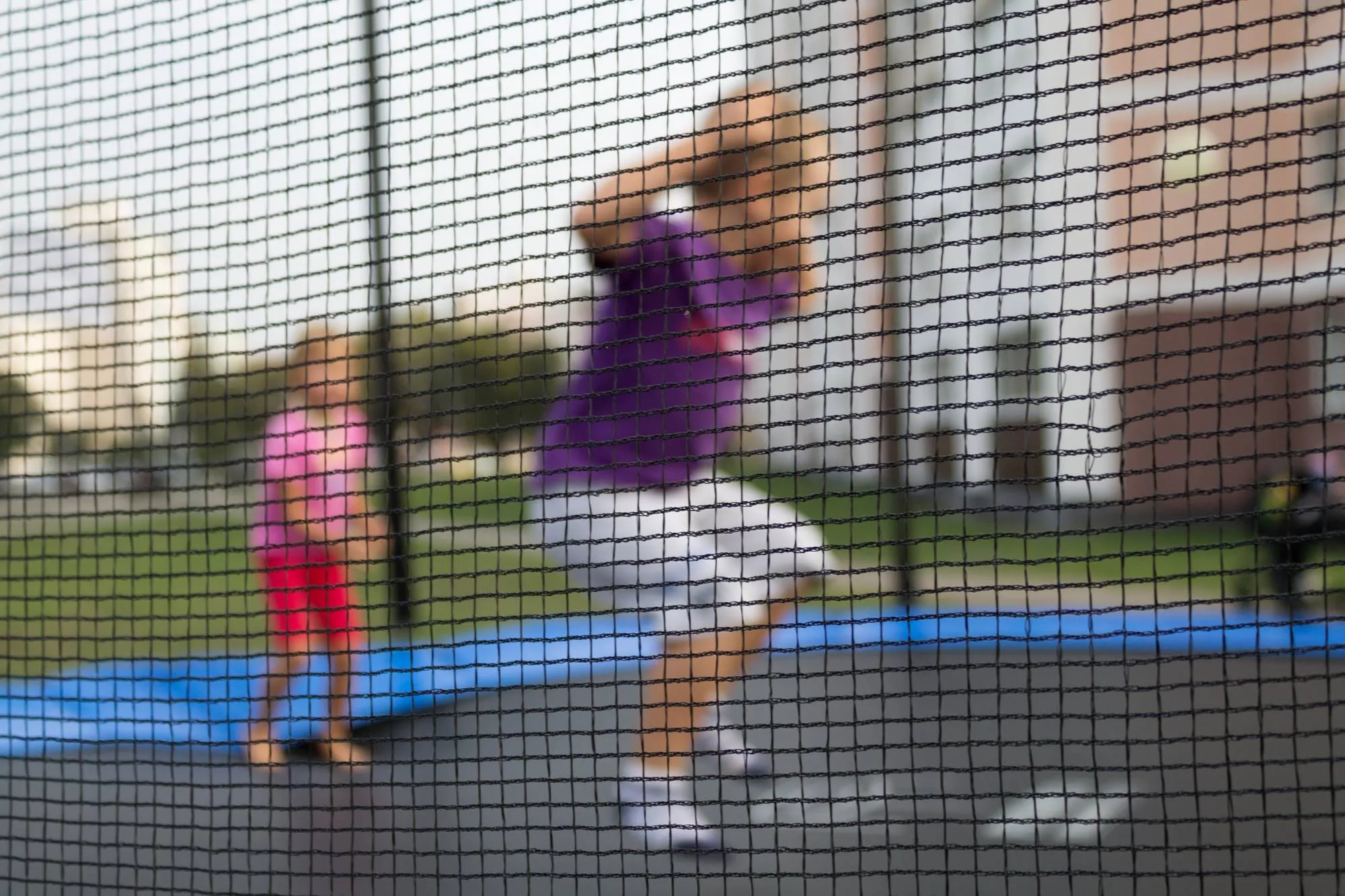
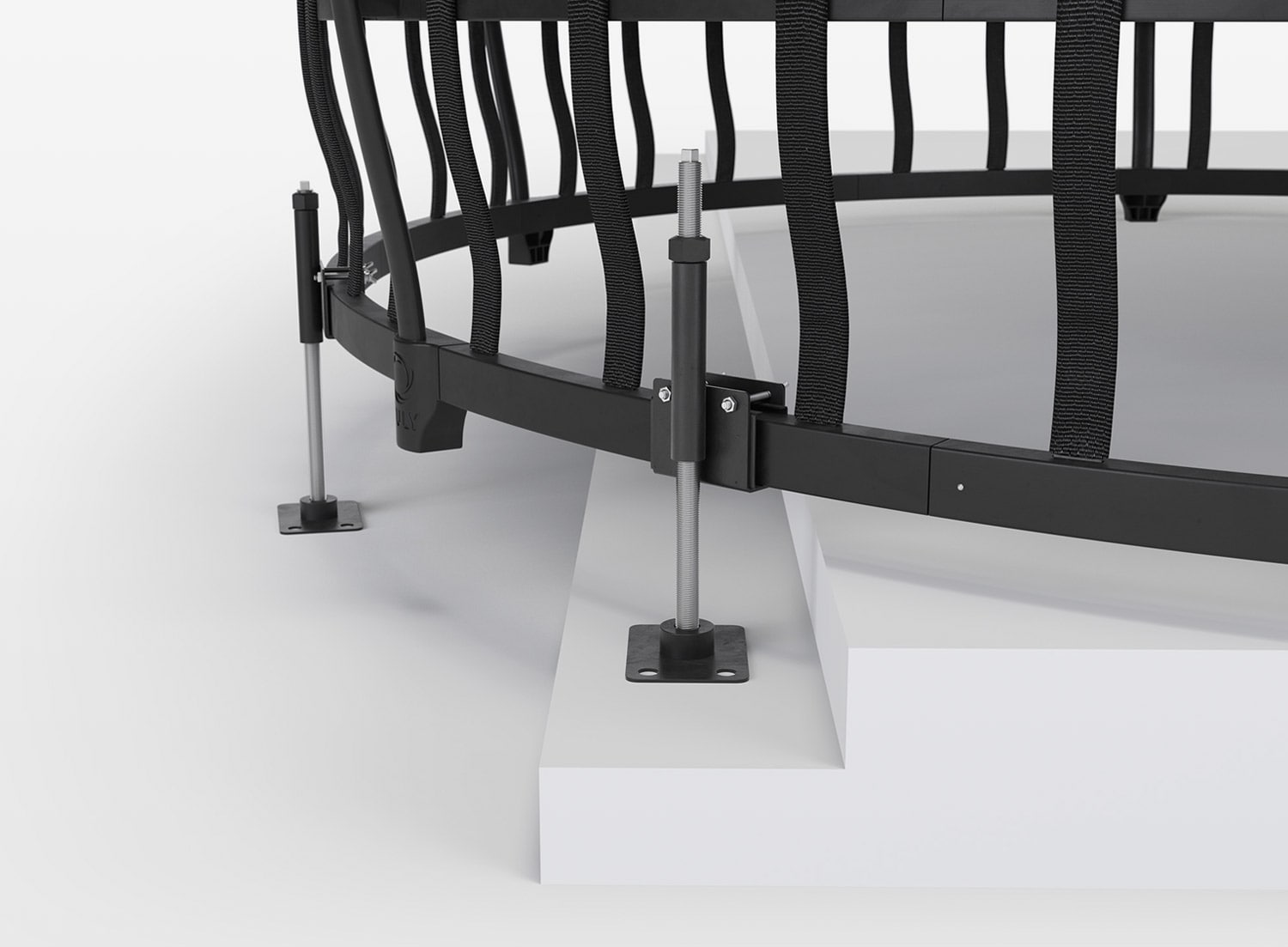
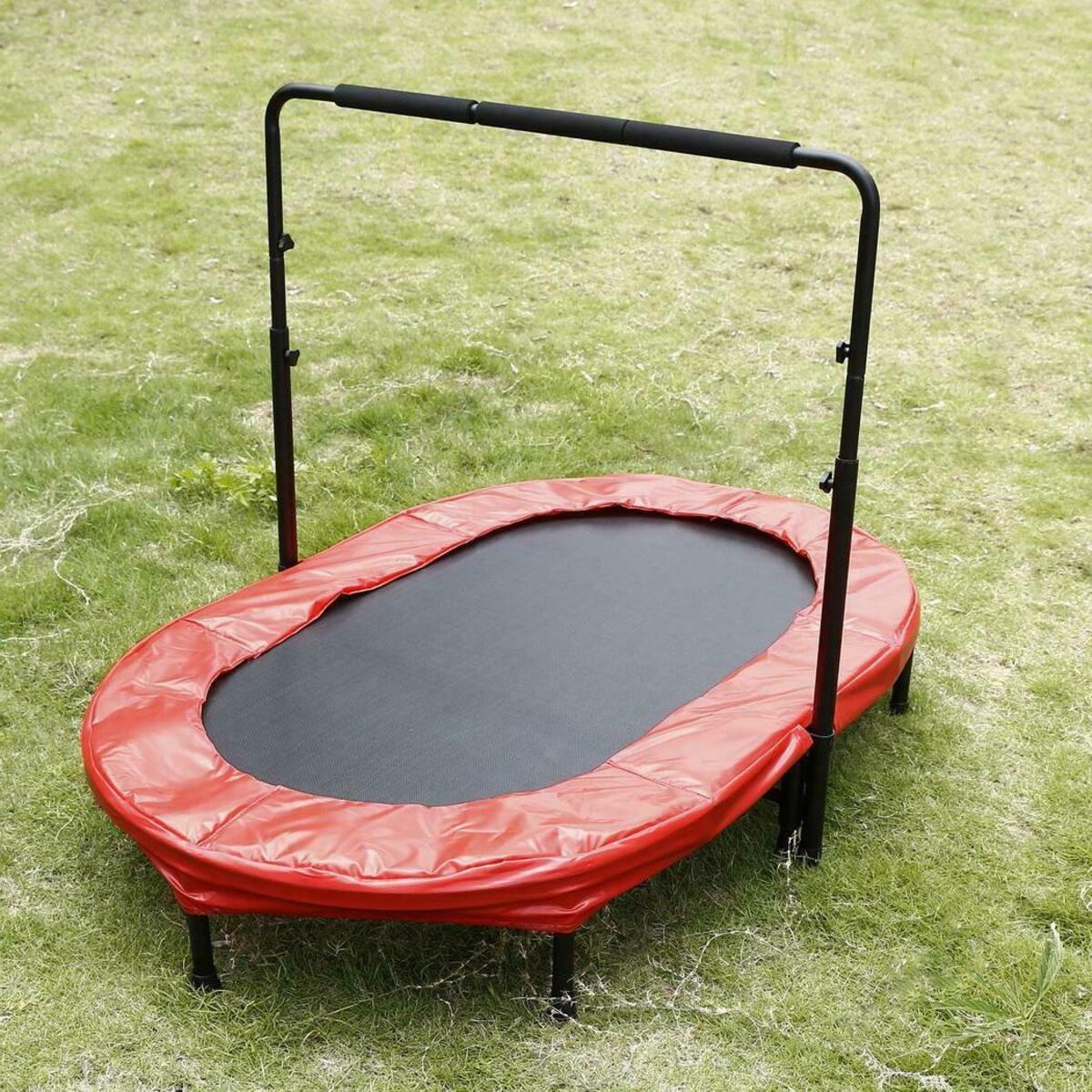
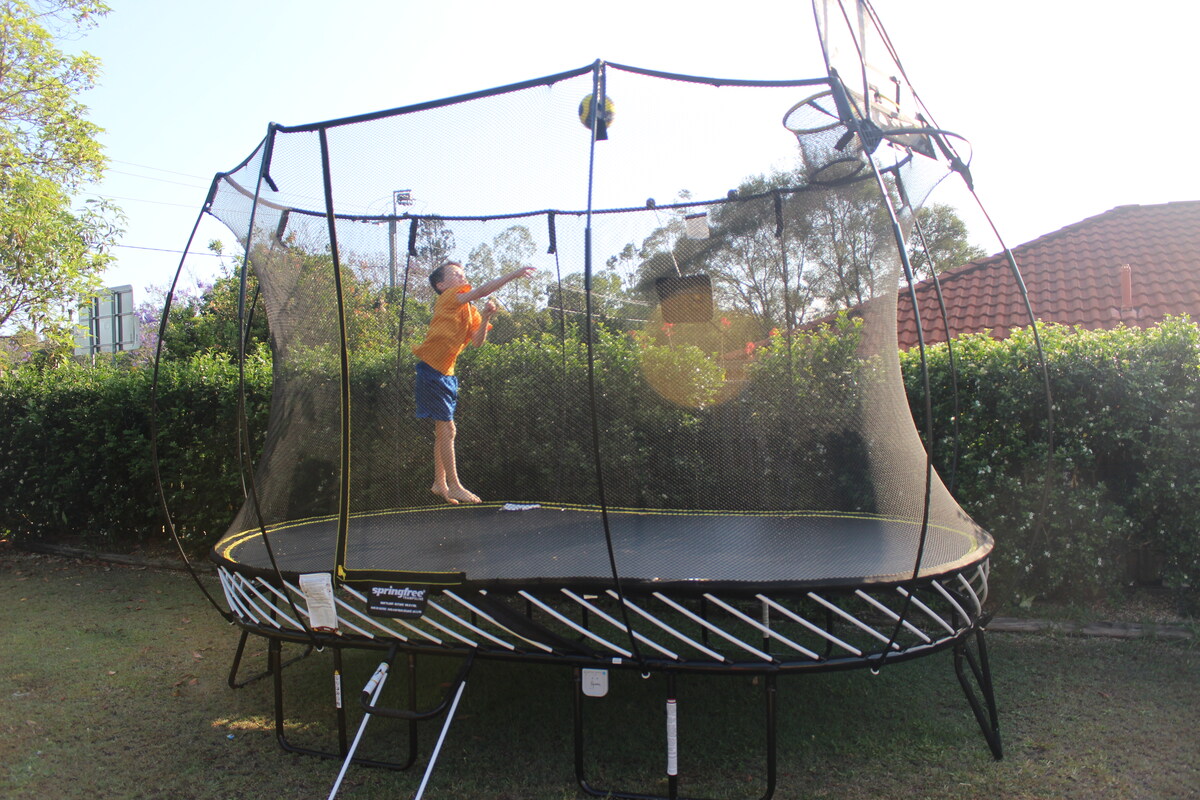

0 thoughts on “How To Choose A Trampoline”